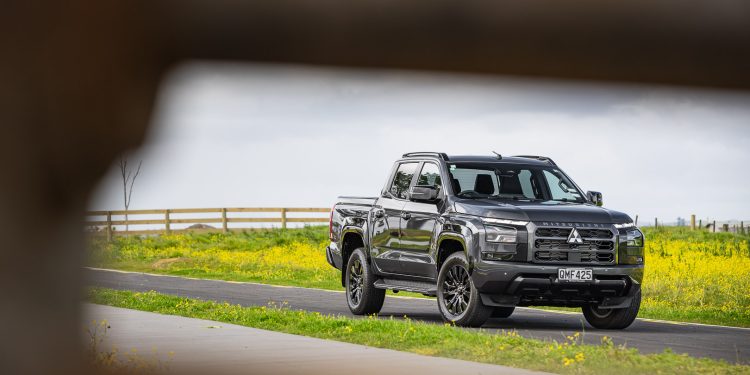2024 Mitsubishi Triton VRX 4X4 review
Words: Kyle Cassidy | Photos: Isaac Western
Not all utes are destined for a life of hard yakka. Some are intended for a mixed role of light duties and play, like the top Triton, the VRX. Is it worthy?
The poor old ute has been a political football over the past few years. It’s a battleground topic for clashing ideologies. For some it’s a tool of the trade, a necessity of life, a goddam right.
Others see it as a symbol of excess; why choose something so large when its capability is utilised so rarely?
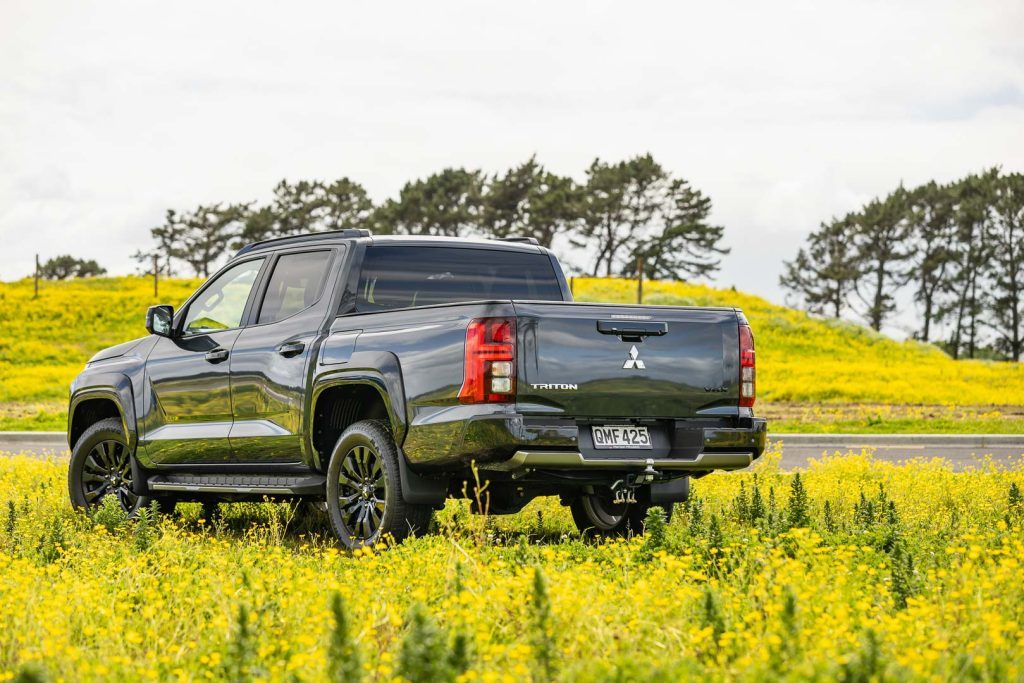
Well, because people can, and they can do so more readily now that the ‘punitive taxation’ has gone with the axing of the feebate scheme/scam, depending on your point of view.
Many 4×4 utes sold here are intended as genuine work vehicles, those entry-level hacks that are outfitted as mobile workshops. However, there’s a bit of a grey area when it comes to those variants at the other end of the line-up.
These top-spec boss trucks are designed with work in mind but not the blood, sweat and tears kind.
The tray is unlikely to be fouled with cement splashes but rather more likely to be decked out with some kind of carrier system for a mountain bike, the tow bar used to haul the pleasure craft rather than a digger.
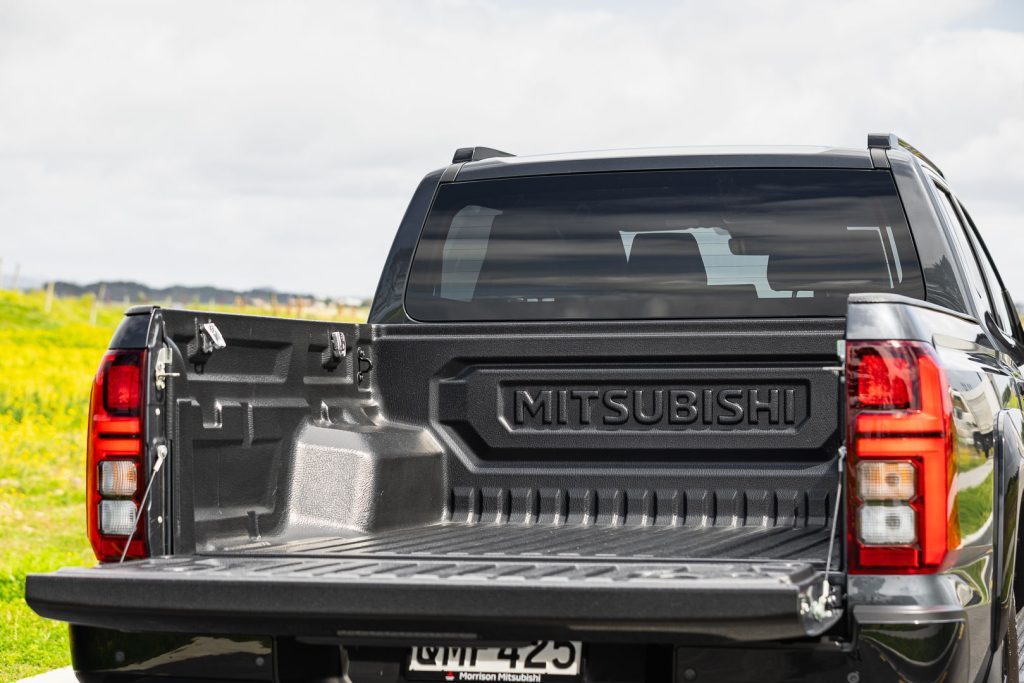
And that’s where this VRX model of Triton plays. It’s a top-of-the-line rig with all the baubles but one with a sharp price, Mitsubishi determined to stick it to the competition. We didn’t put this to work.
Rather, we drove it around town, with nothing in the tray or on the tow hitch, dropping the kids to school and sports, and blocking the view of EV drivers at intersections. So how does this perform as an SUV with a tray?
Plenty of Triton options
There are 14 Tritons offered, from the 2WD GLX cab chassis at $38,690 through to the double-cab VRX 4WD at $59,990. There are essentially three model grades; GLX, a mid-spec GLXR and the VXR with the option of 2WD and 4WD and wellside or cab chassis.
Triton renewed earlier this year with a new chassis, engine, body and interior. The new design is more truck like, doing away with the windswept, leaned-back look of previous generations.
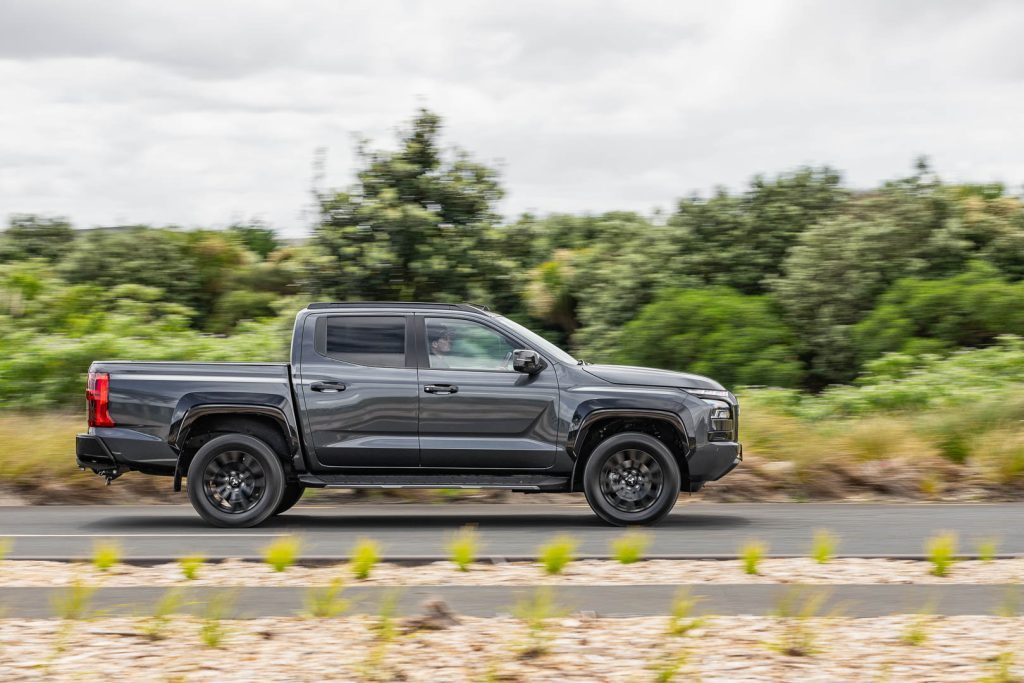
Also helping pump up the visuals, Triton is wider with a longer wheelbase that reduces the rear overhang.
Behind the three diamonds is a new 2.4-litre bi-turbodiesel outputting 150kW and 470Nm. With AdBlue (17L tank, consumption at a rate of around 1L/1000km) and stop/start it meets Euro 6B emissions regs.
All models run a six-speed auto, can haul 3.5 tonnes, boast a payload of at least 1000kg and have a rear diff lock. That’s handy for the 2WD models, as sometimes locking the diff is all that is required to go a bit further off road.
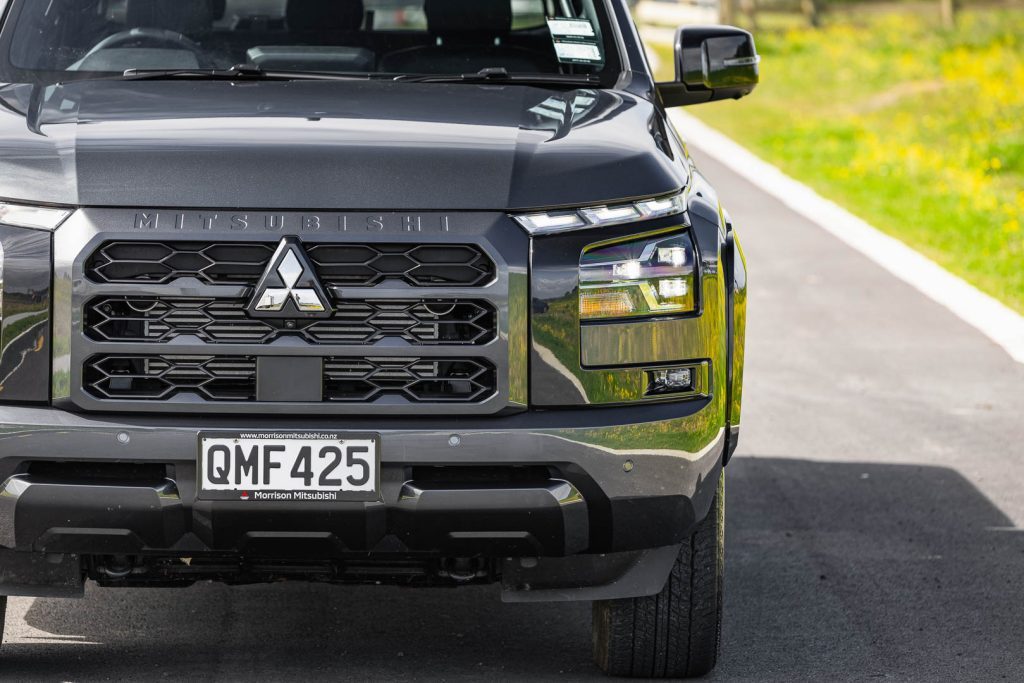
Or at least unstick you. The 4WD models get Mitsi’s ‘Super Select’ system which means you have 2H, 4H and 4H LC (centre diff locked for a 50/50 torque split) along with 4L.
Functional and a bit flash
The Triton’s cabin isn’t bleeding edge, still with analogue dials for instance, while the infotainment screen doesn’t dominate the dash. It’s called a smartphone link display, so it’s not the lord and commander of everything.
It delivers Bluetooth audio, Android Auto, wireless CarPlay and in-built nav. There are enough USB ports, both old and new. The display might not be huge but does allow a reasonable view for the surround camera.
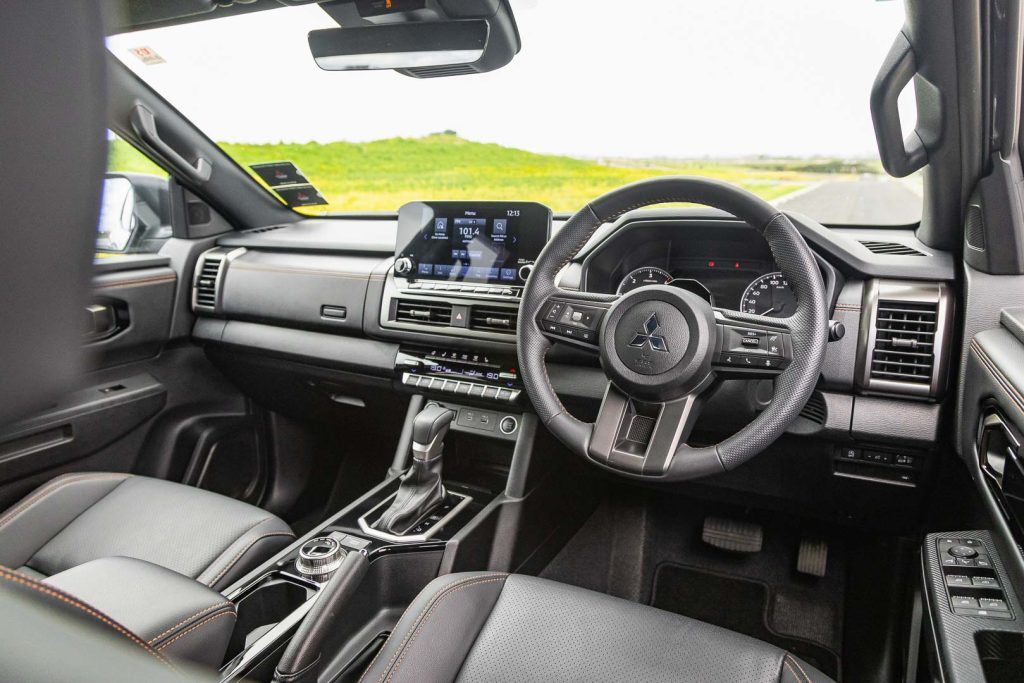
There’s a small but functional seven-inch driver’s display between the dials to relay pertinent info, all without being overly distracting. The HVAC has its own buttons, making them more functional for those with big sausage fingers in work gloves.
Its door pulls are big and chunky too and the gearlever is straightforward in use; some of these can be too clever, like the one in the Ford Ranger.
The general cabin quality isn’t bad for a ute, no rattles or sharp edges present. While the plastic used isn’t top grade and the carpet seems a little threadbare, you get a charge pad and great storage, including two glove boxes.
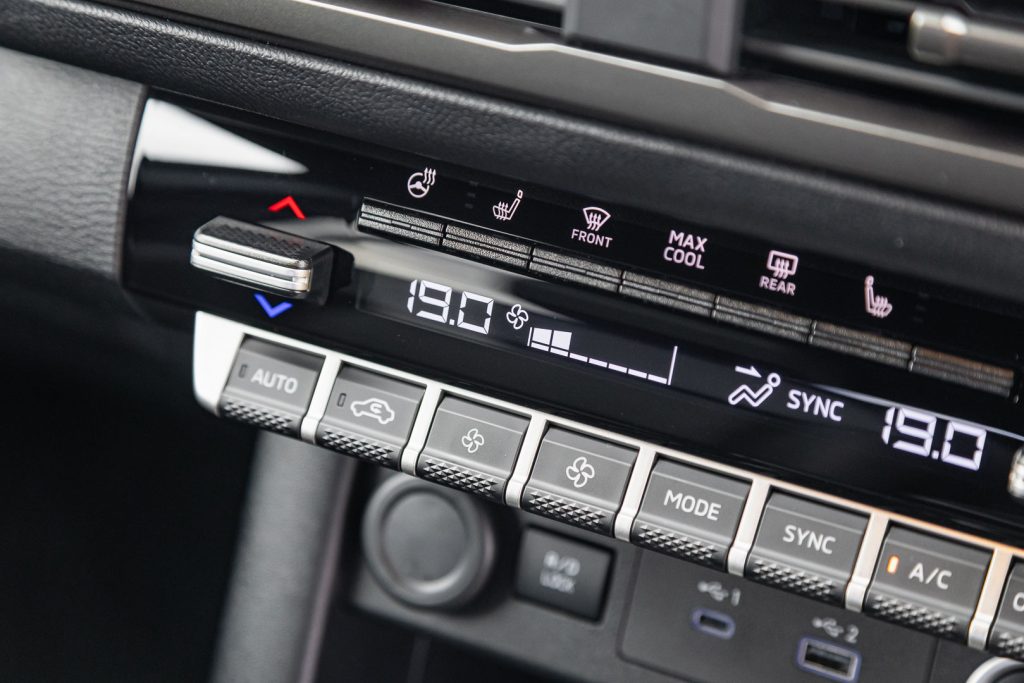
The VRX also adds leather upholstery, a few added soft spots and a comfortable seat. This is both power adjustable and heated, as is the wheel. It is well kitted for $60,000.
Or yours for just $52k in 2WD guise; do you really need the 4×4? Of course you do, you tell yourself, for all that overlanding you have planned but don’t get around to.
While cabin space is said to be increased, we’d say the accommodation in the rear is adequate without being generous. Though it’s now wider, it’d still be a squeeze for three blokes.
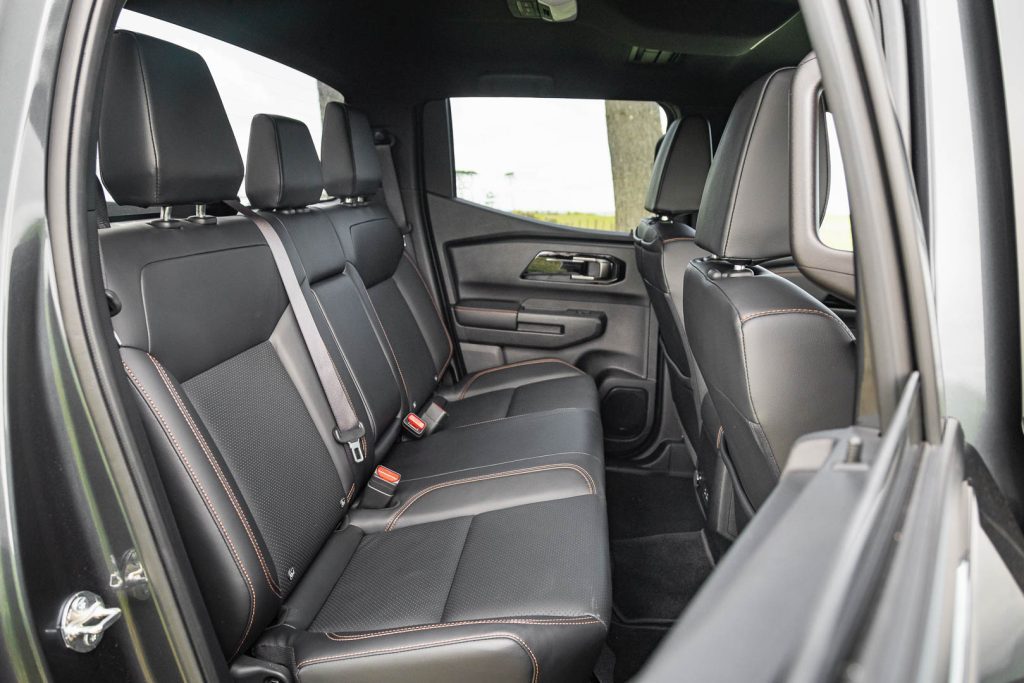
A trio of kids will do okay and there are more charge points here too, along with Isofix hooks. There’s no underseat storage however.
Out back, the tray is on a par with the rest, with a length at its base of 1400mm. It’s a tad narrow at 1110mm between the wheel arches, and 1330mm at the tailgate.
Mention of, it is hefty, falling with a thud and there’s no helper spring to aid you when lifting it back in place. While there’s no dedicated tray step, you can balance yourself on the end of the bumper.
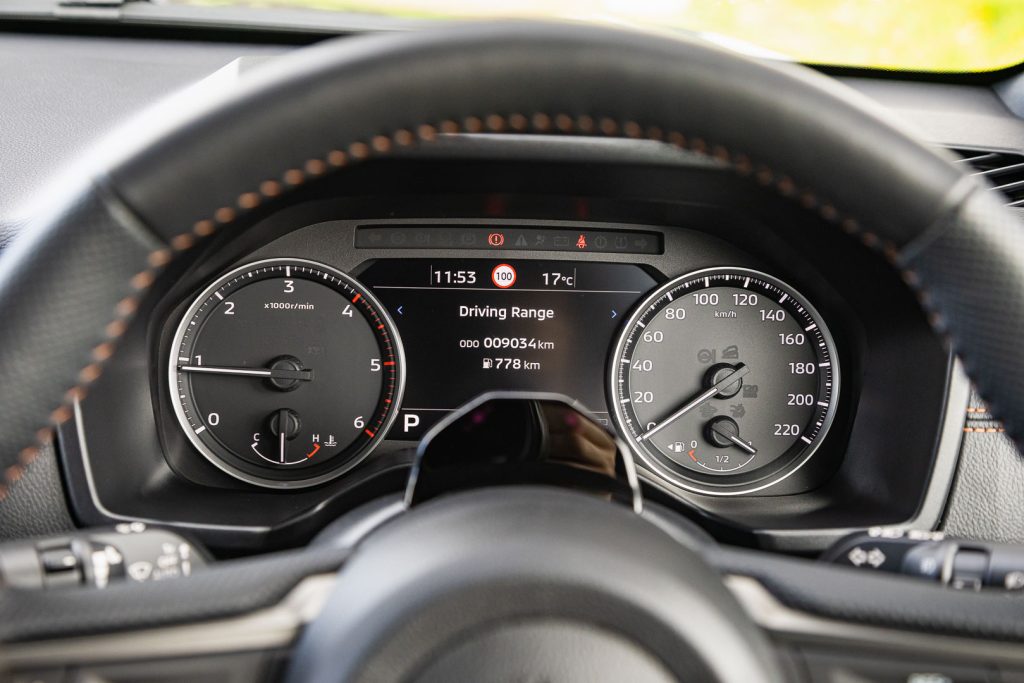
How are those safety features?
Triton scored itself a five-star ANCAP rating earlier this year and, along with eight airbags, there are many active features. That includes a driver monitor system, which isn’t too bad…until you put your sunglasses on.
Then it sounds off repeatedly. It can be switched off, though it is a few sub-menus deep. The lane assist keeps you on the road, rather than doling out endless warnings for merely straying near a line, and there’s speed limit recognition.
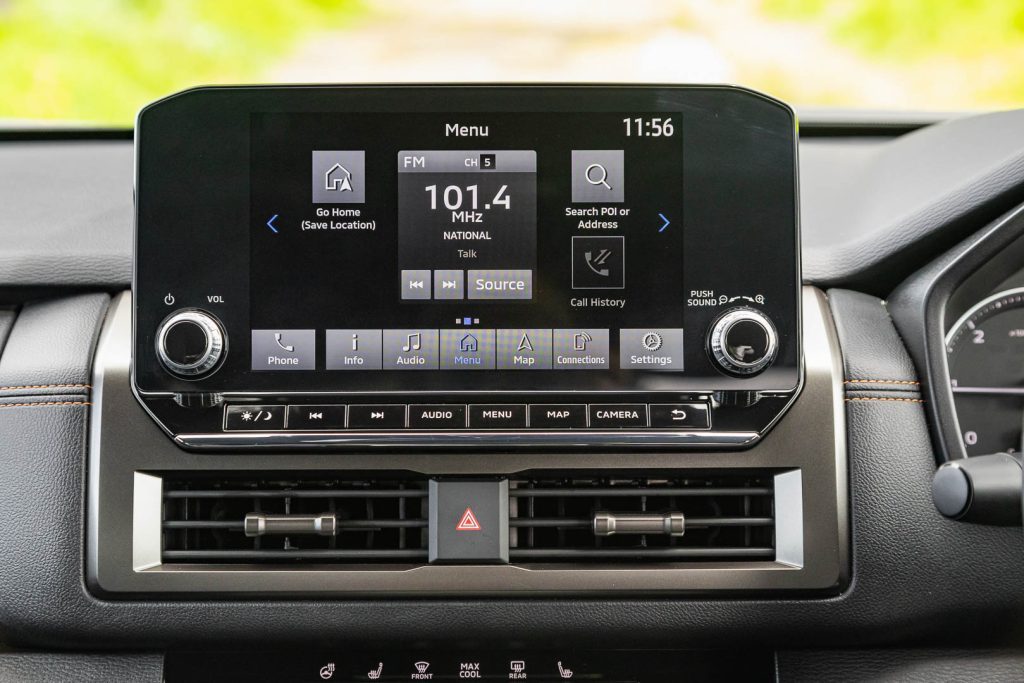
Adaptive cruise doesn’t do traffic jams, disengaging below 25km/h.
An SUV-like drive
Tooling around town, this is an easy truck to pilot. The bi-turbo builds torque quickly, is into its stride by 1200rpm and there’s enough go below 2500rpm for relaxed progress. It’s not too rowdy either.
No complaints about the auto; it gets on with things in a proficient manner. The idle-stop function isn’t so flash; the engine conks out with a shudder and the restart is laboured.
You can learn to live with it, or switch it out. On fuel use, it’s rated at 8.8L/100km and averaged 9.5 for us.
The electrically assisted steering is well weighted, light enough and with 3.2 turns lock-to-lock, there’s not too much wheel twirling required to get it turning. Though, like most utes, the room required for a turn-around is large.
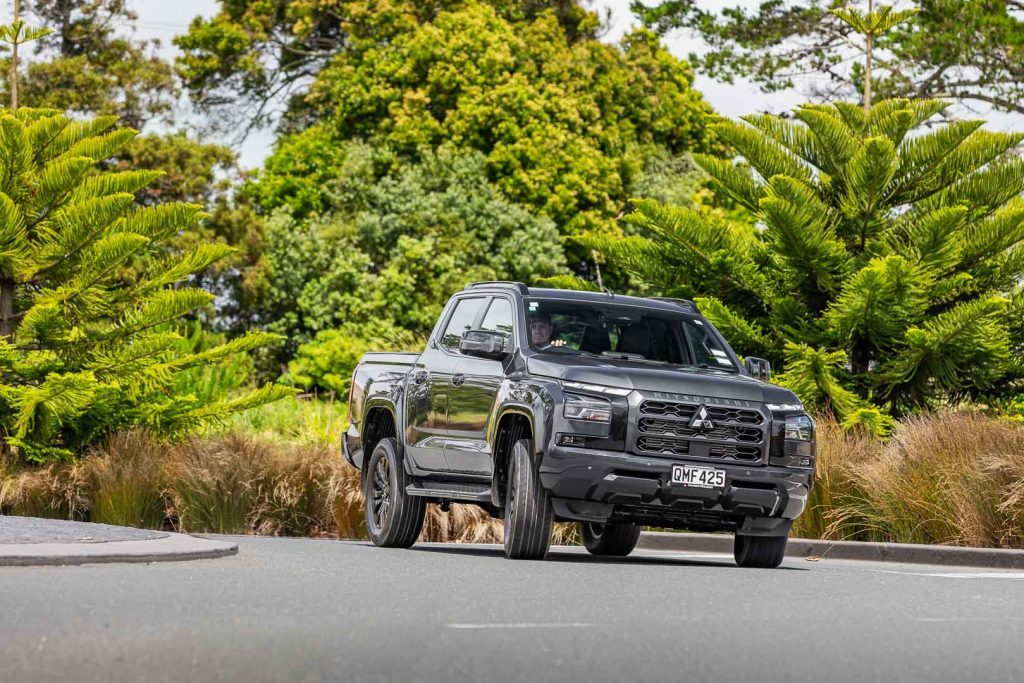
The unladen ride leaves a positive impression, better than some 4×4 SUVs out there. The Triton’s redesigned suspension has larger diameter shockers (more oil capacity to sooth the jolts) and there is more rebound to help absorb bumps both big and small. It sails over speed humps.
On the highway, there’s some jiggle but no bounce or squirming. It steers okay through the bends, but when you up the ante, the roll starts to mount and the front tyres stress.
On a dry road, there didn’t seem to be much difference between the 2H and 4H setting, though in iffy conditions, 4H would be advantageous, especially when towing.
This is a proper AWD-type setting, rather than some 4Auto modes that see the rears start to spin before the fronts get into the action. Another plus, you can have it in 4×4 without it binding up when turning around.
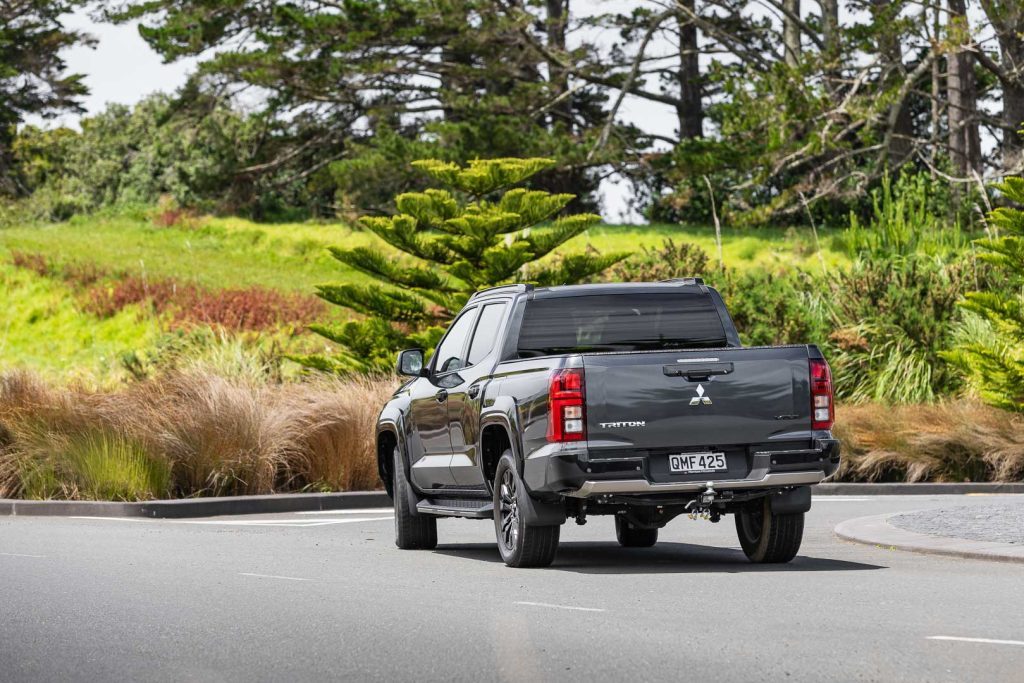
A bit like an old Mitsubishi Evolution, this has Active Yaw Control. But unlike the old rally weapon, this is all brake based, no active diff here. On gravel trails, this flows nicely.
The traction is sorted in 4H mode, the suspension copes well with the lumpy corrugations and the AYC system brakes individual wheels to keep you trucking in the right direction, while still allowing a little bit of a slide.
AYC seemed to be more effective on loose surfaces than it was on bitumen.
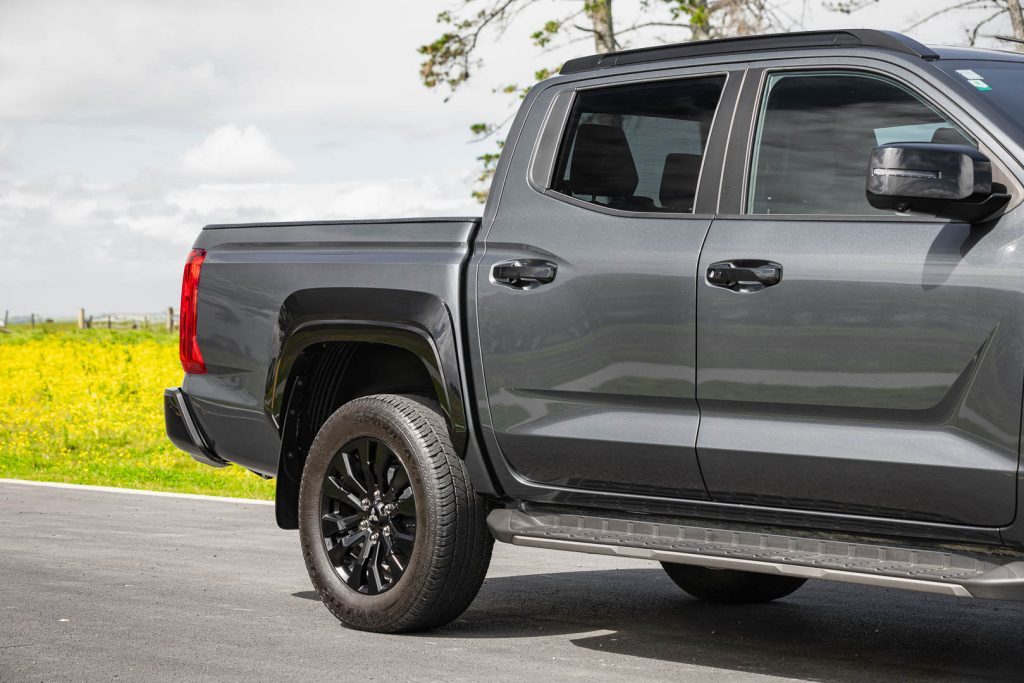
Worthy then?
We found the VRX to be good honest value for those looking for a well specified ute to drive around like you would an SUV. Comfortable and competent you could call it.
This is great value without having to compromise on dodgy dynamics or an average powertrain as you might with some Chinese alternatives.
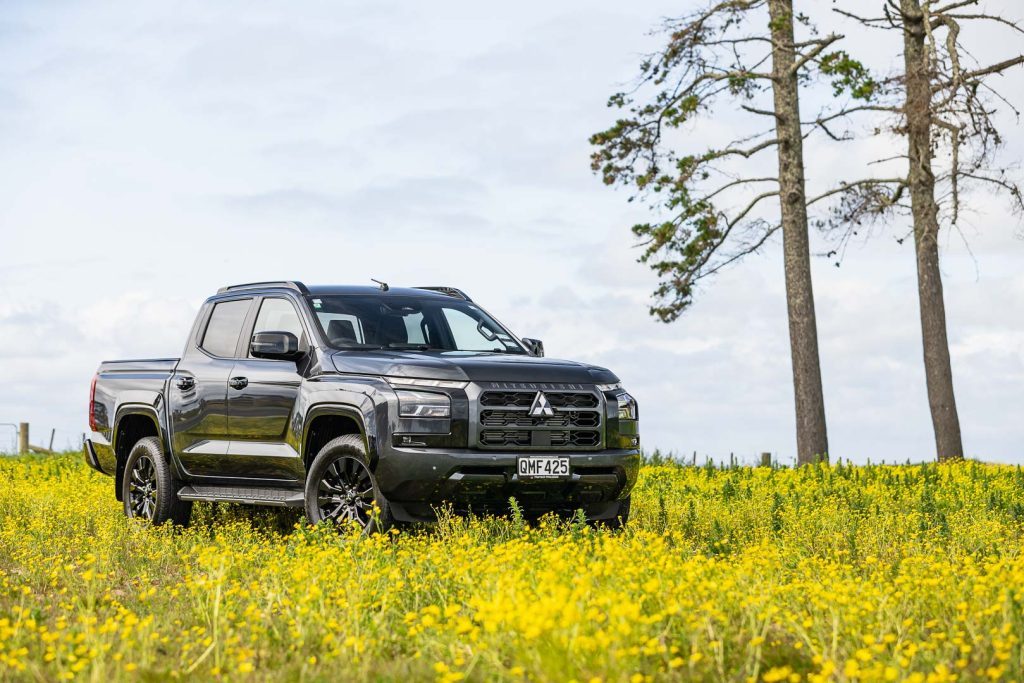
And it’s right up there with the Ranger and level pegging with Hilux. Definitely worth being on the short list.
| Model | Mitsubishi Triton VRX 4X4 |
| Price | $59,990 |
| Engine | 2442cc / IL4 / TDI |
| Power | 150kW@3500rpm |
| Torque | 470Nm@1500-2750rpm |
| Drivetrain | 6-speed auto / Switchable 4×4 |
| Fuel Use | 10.2L/100km |
| C02 Output | 233g/km |
| 0-100km/h | 9.62sec |
| 80-120km/h | 7.42sec (211m) |
| 100-0km/h | 38.87m |
| Stability systems | ABS, ESP, TV |
| Safety | AEB, ACC, BSM, LDW, RCTA, ALK, AHB |
| Luggage Capacity | 1075kg payload |
| Tow rating | 750kg (3500kg braked) |
| Fuel Capacity | 75L |
| Service intervals | 12 months/15,000 km |
| Warranty | 5 years/130,000km |
| ANCAP rating | 5 Stars (2024) |
| Weight | 2125kg (claimed) |
What else can you get for your money?
Mitsubishi has a knack for pricing its wares sharply, usually undercutting the main competitors. For the price the VRX is asking, you’ll have to spend up more to get comparatively specified utes from Ford and Toyota.
The Ford Ranger Wildtrak is $76,990, a Hilux SR5 Cruiser $65,490 and it’s still not as well specified. In the Ford camp, VRX money will only get you an entry-level XL 4×4 which is $62,490, while the Toyota SR5 4×4 is $59,490.
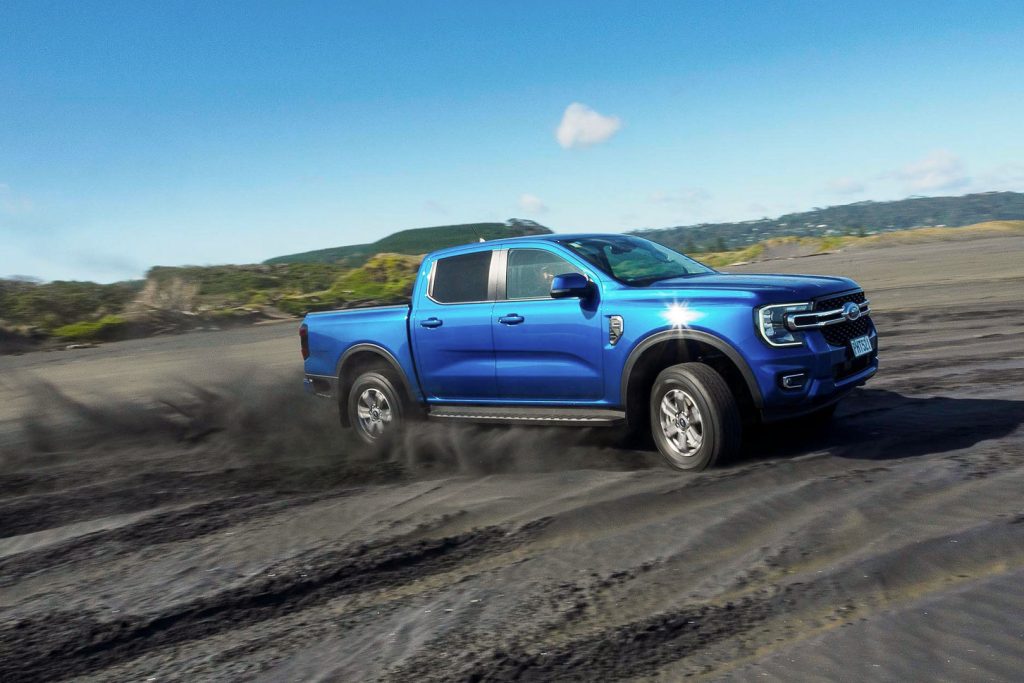
Neither of these has the specification to match the Mitsi. Ford’s XL has steel wheels, cloth trim and even a vinyl floor. The XLT has a better fit out but is more expensive again at $67,490 for the 4×4. It however gets a few more items, carpet for one.
On capability, they all have similar power outputs and capacities, though the VRX’s 1075kg payload figure is superior, as is its 4×4 hardware.
We prefer the Triton over the Hilux in terms of ride quality and powertrain performance, though Ranger still rules when it comes to driving dynamics. Still, the VRX offers so much more for the money that it would be a close call.
Others in the mix include the Nissan Navara which is due for replacement soon, and probably worth waiting to see what that brings. The current model ST-X 4×4 is $57,990 with its 140kW/450Nm 2.3-litre IL4.
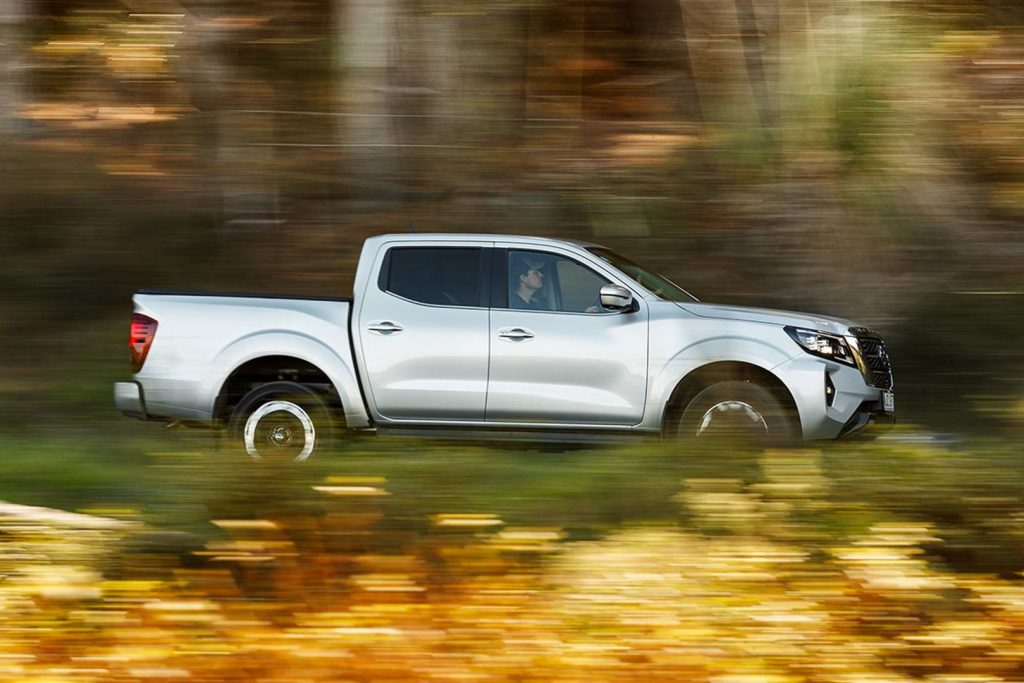
With a seven-speed auto, it’s rated at 9.1L/100km. It doesn’t have as many active safety features, though some might see that as a plus. Thanks to the various oddities of ANCAP safety testing, Navaras built since the beginning of 2023 are unrated.
The ST-X has a few extras like leather trim, powered and heated seats and a surround view camera, making it better equipped than the Hilux and Ranger. It has the conventional part time 4×4, rear diff lock, 3.5 tonnes of tow and a competitive 1024kg payload.
This article first appeared in the December/January 2025 issue of NZ Autocar magazine.


